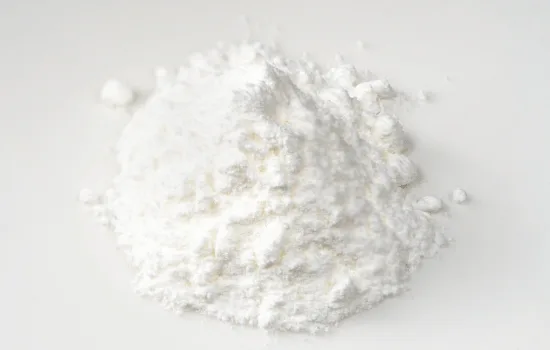How to Measure Loose Bulk Density for Tablet Production
When making tablets, it’s important to know the loose bulk density of your powder. Tablets have a fixed volume, so you need to know if your powder is dense enough to reach your target tablet weight. If it’s not, you may need to add bulking agents or tamp the powder.

Steps to Calculate Loose Bulk Density
Use a measuring container
Choose a jug, beaker, or other container with a known volume (in mL).Zero the scale
Place the empty container on a scale and tare it to zero.Fill the container
Pour powder into the container until it’s full. Do not tap or shake it, just pour gently.Weigh the powder
Record the weight shown on the scale. This is the mass of the powder in grams.Do the math
Divide the weight (grams) by the container’s volume (mL).
Example: If the powder weighs 120 g and the container is 250 mL, the loose bulk density is120 ÷ 250 = 0.48 g/mL.
This value helps you know whether the powder will work for your tablet size or if adjustments are needed.
Below we have a helpful bulk density calculator that will find out the numbers for you:
Loose Bulk Density g/mL -
Loose Bulk Density mg/mL -
Below are the capsule weights you would get if you were simply to put your powder into a capsule without tamping the powder down (compacting it).
If you need to achieve higher weight than is shown above then you can do this in one of two ways. The first is to granulate your product to make it more dense using a roller compactor. If you do this you will then need to recalculate the new bulk density. The second method is to use a capsule filler with a tamping tool to compact the powders. LFA Capsule fillers sells two of these the ProCap and the FACF.

